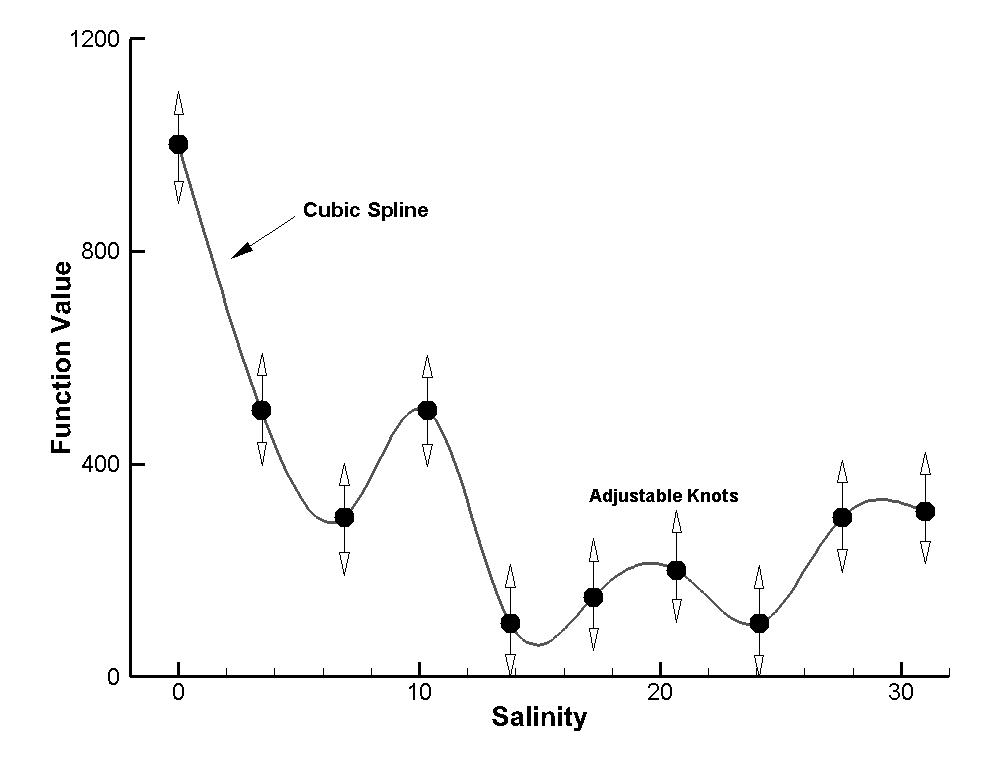
Another form of data assimilation is also known as inverse techniques. In this case models are combined with data in a such a way that processes or states not directly measured can be estimated.
In Vallino et al. (2005) we combined our 1D advection dispersion model with dissolved oxygen measurements to estimate gross production and community respiration along the length of the Parker River and PI Sound.
| Predicted (A) gross primary production (GPP), (B) community respiration (CR) and (C) net ecosystem production (NEP) over time and salinity space from the ADR model that produce the best matches to the DO transects. Black lines on surfaces correspond to DO transects times conducted (see figures above). In order to extract gross production from community respiration, it is assumed that CR does not change with time over the two day period when DO transects were conducted; however, GPP is assumed to vary as a function of solar radiation intensity as measured by photosynthetic active radiation from the nearby PIE weather station. |  |